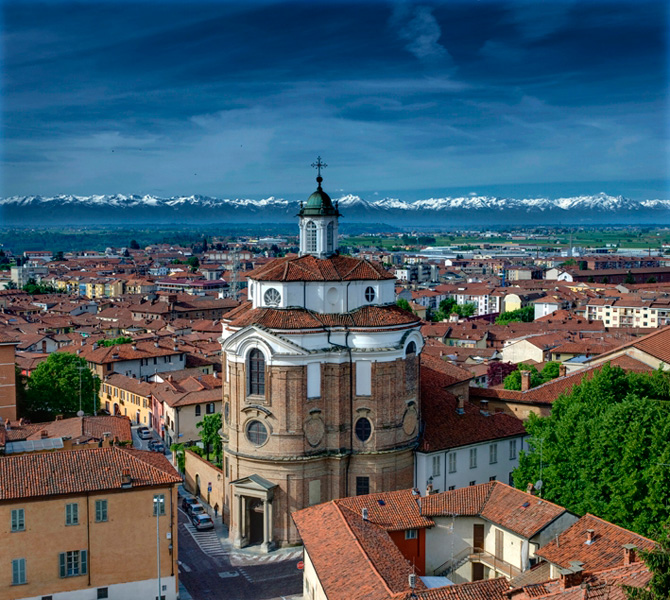Despite the artistry and brilliance that certain B/R
churches exude, one thing I did notice over the course of the semester was
that, with only a precious few exceptions, human scale was not respected except
perhaps in plan. In my opinion, and in the university's opinion, a work of
architecture is incomplete and flawed unless it respects human scale.
So I wanted to explore churches in this post, perhaps more
generally by examining national styles and regional variants, on the B/R,
as well as the circumstances surrounding the construction.
The Italian baroque style tended to produce a myriad of
smaller churches for which it was much easier to respect human scale, although
in fairness here a much more urban environment exists in many more locals than
in Northern Europe and as such planners and architects ought to have been
working more with the site than with their users.
The English and French baroque produced numerous churches
that, although in equally urban environments, were larger by far. This
opportunity was sometimes afforded them by good civic planning or fire, but
usually just meant occupying large swathes of cheaper land. Generally larger
congregational churches, in my opinion do not respect human scale.
The Germanic baroque certainly offers us a better
alternative. Despite the fact that across the empires churches were constructed
at all scales, the internal decoration tended to respect human scale.
Privately constructed and patronized churches,
that is to say, churches that did not have a papal or church order for their
construction, too, as above here with Asamkirche (St. Johann Nepomuk) tended to
work within their context more fluidly.

No comments:
Post a Comment